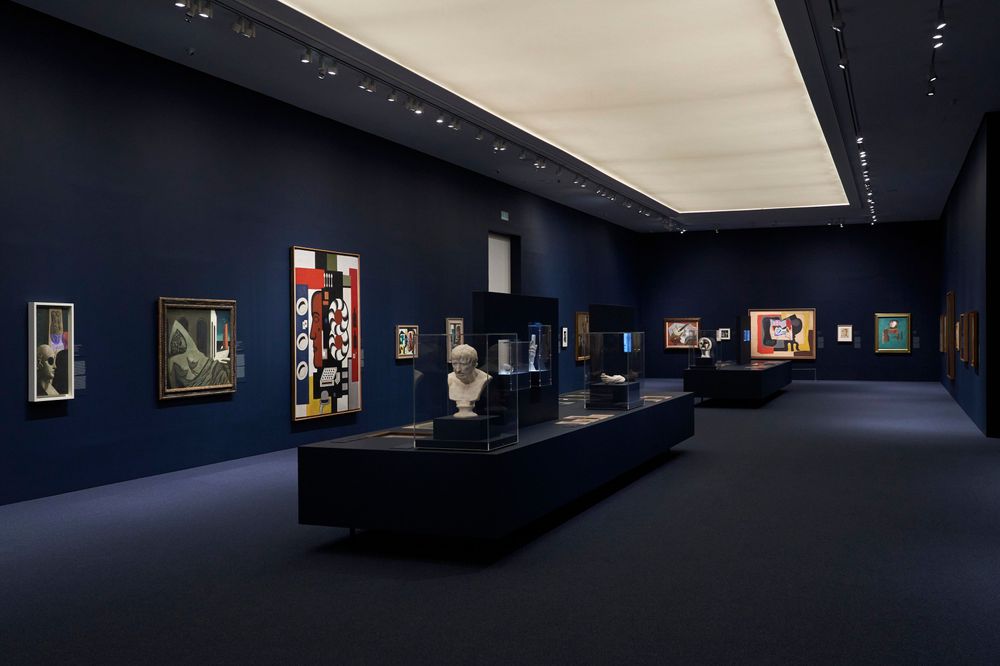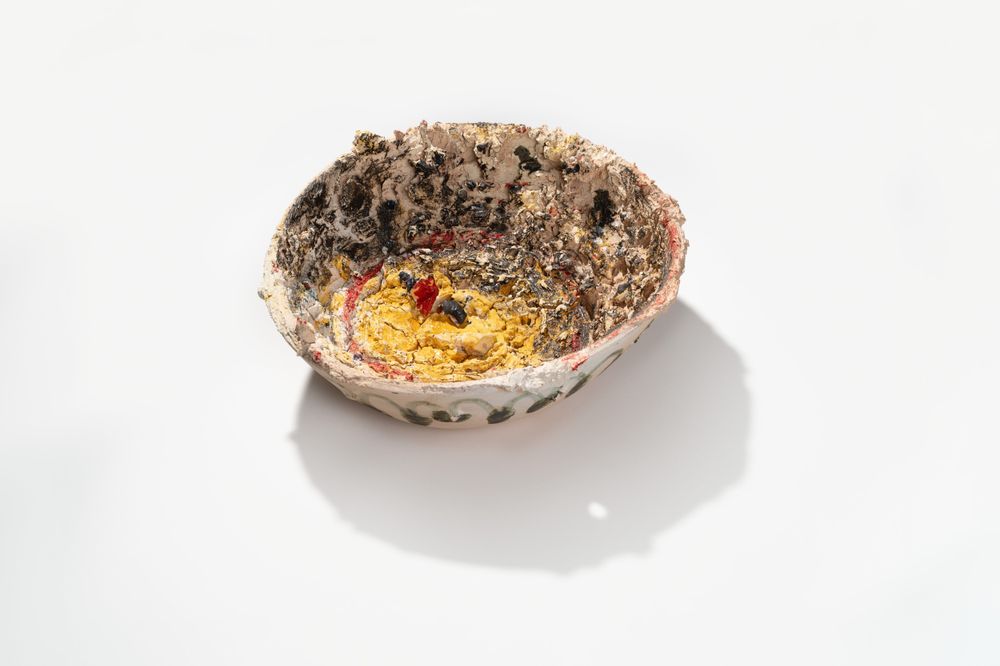04/10/201030/01/2011
Future Promises
Blaise Cendrars and Children’s Books in the USSR / 1926–1929
View of one of the exhibition galleries. Photo: Luis Asín © Museo Picasso Málaga
In the mid-nineteenth century intellectuals such as Charles Baudelaire and Stéphane Mallarmé and painters like Édouard Manet and Caillebotte had realised the importance of wandering around the city as a gesture and symbol that helps understand better the core values which make it possible to define the individual in the modern city. This concern has been constantly addressed by art down to the present day. The adventure of the metropolis, a representative machinery and new form of knowledge, took shape as a central strategy of initiation in twentieth-century culture. The avant-garde movements found the major European cities to be perfect places for speculating on progress: Moscow, Berlin and Paris witnessed how Constructivism, the Bauhaus and Surrealism explored over and over again those exciting future worlds ushered in by progress. It was precisely in the hub of modern art overlooked by the Eiffel tower – which so many avant-garde artists painted, photographed and wrote about – that Blaise Cendrars acted as a bridge between Moscow and Paris.
Future Promises. Blaise Cendrars and Children’s Book in the USSR / 1926–1929 is an exhibition that completes another exhibition: Avant-garde Toys. It reconstructs the show Blaise Cendrars organised in Paris in 1929 featuring books, catalogues and posters aimed at children and executed by Russian avant-garde artists during the early years of the Soviet Union.
The Exhibition

View of one of the exhibition rooms. Photo: Luis Asín © Museo Picasso Málaga

View of one of the exhibition rooms. Photo: Luis Asín © Museo Picasso Málaga






